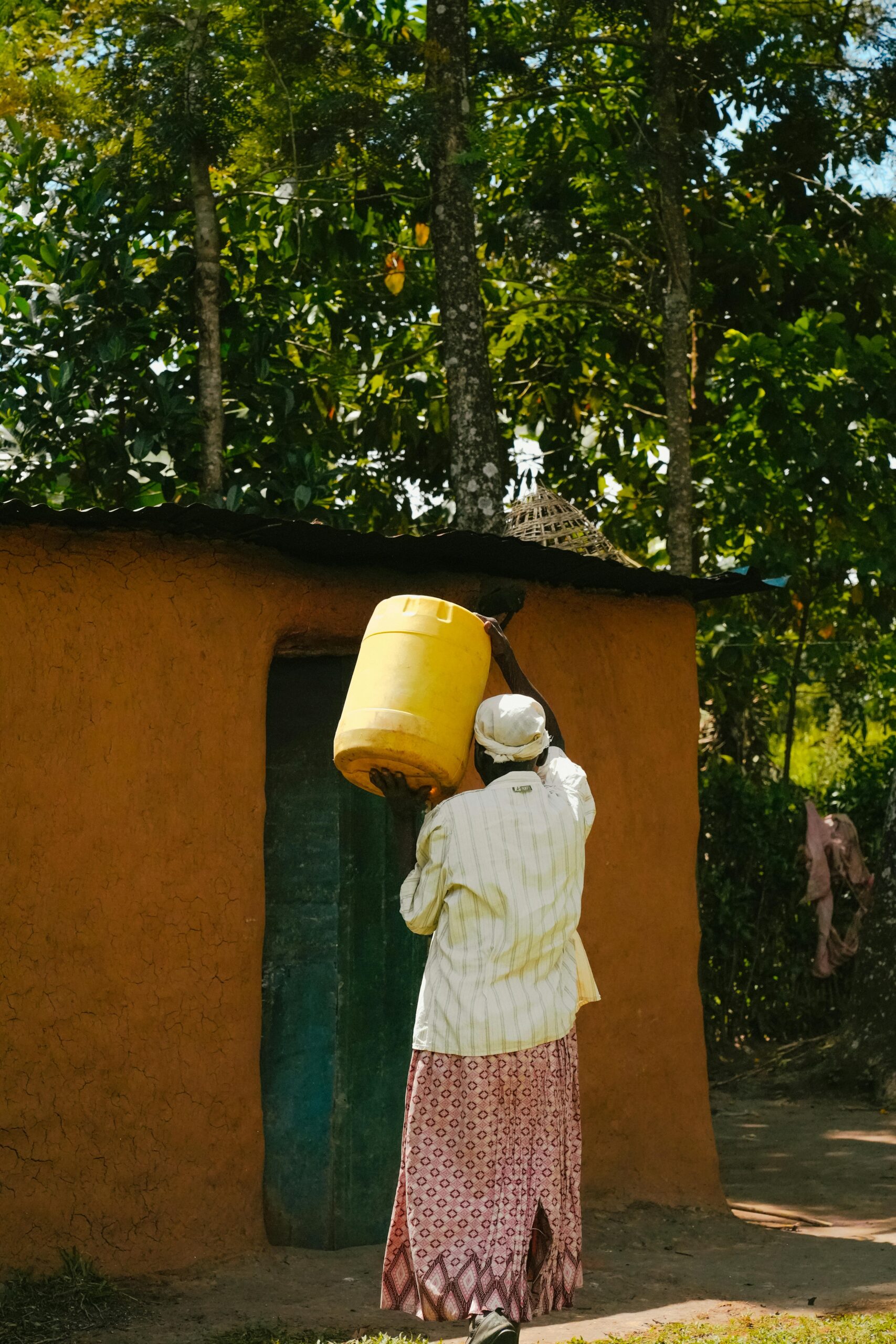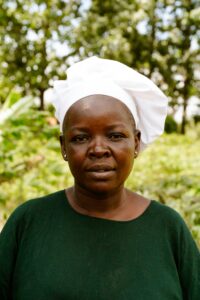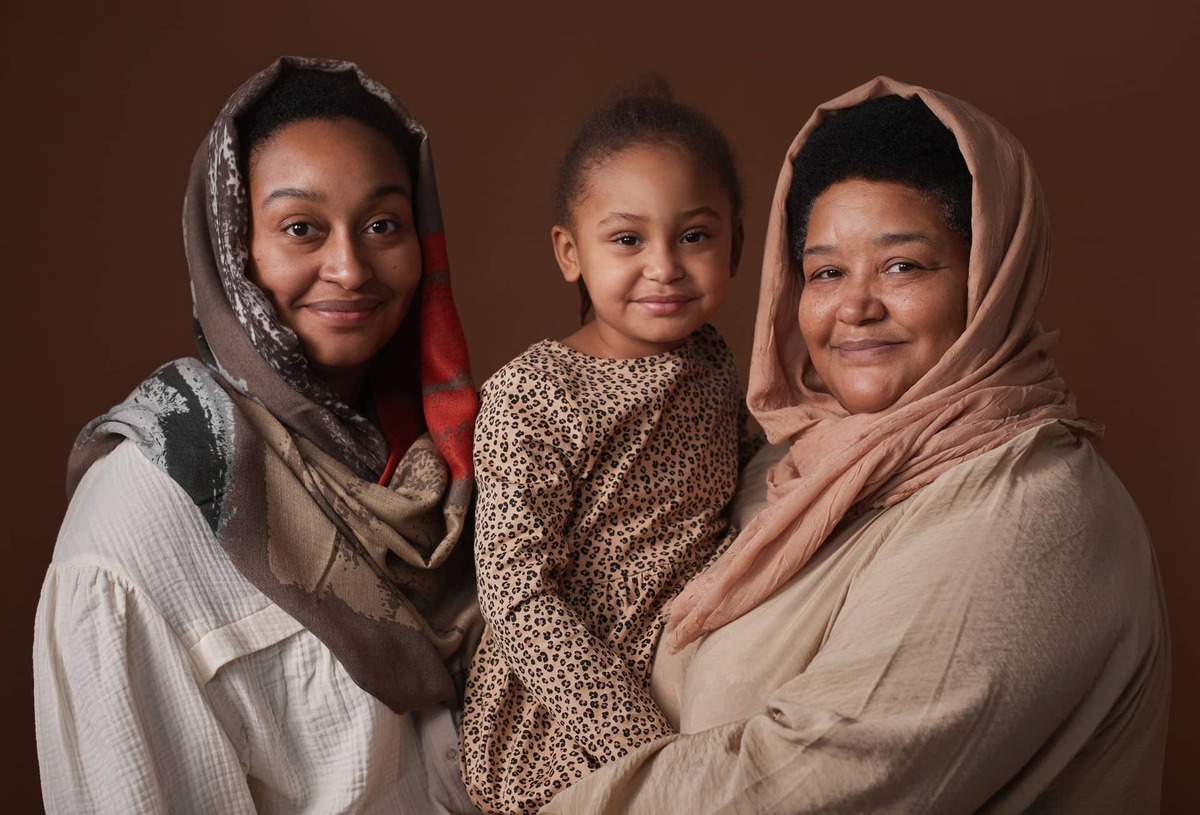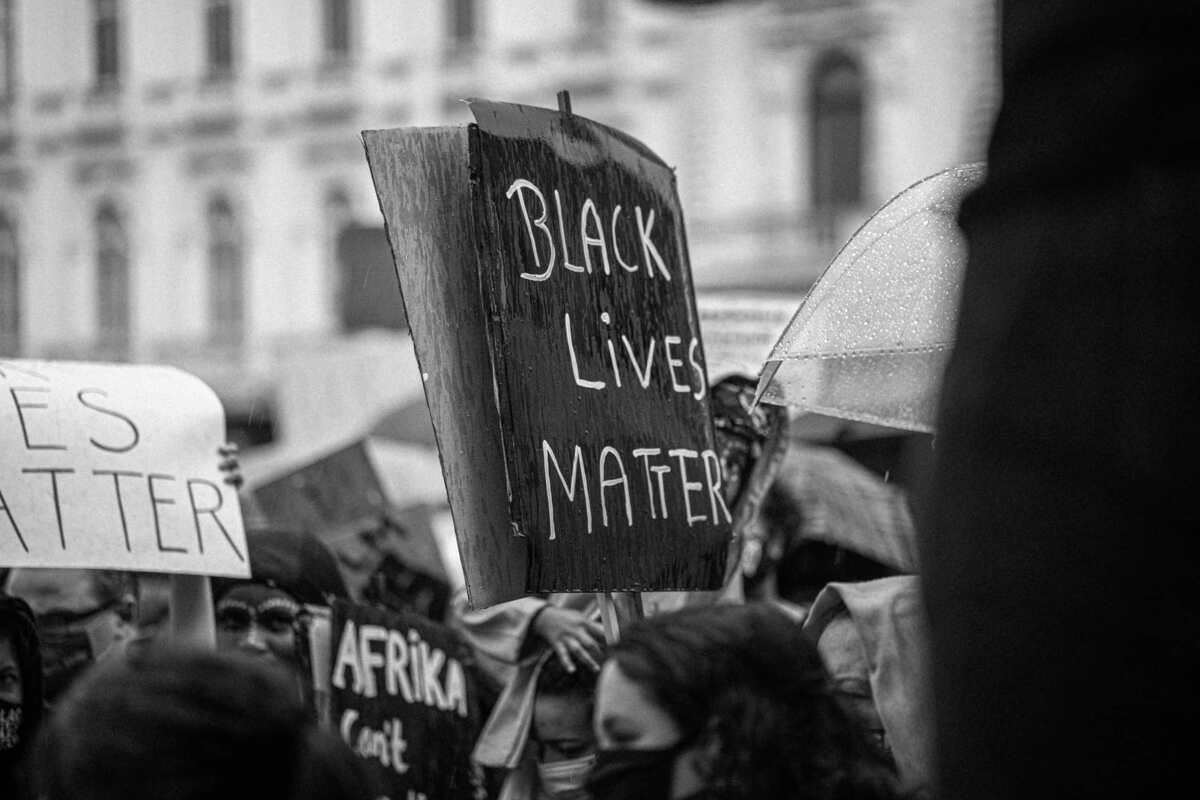February 6, 2025

By Selma Ferdjioui
February 6th is the International Day of Zero Tolerance for Female Genital Mutilation, an annual awareness day supported by the United Nations to raise awareness and combat female genital mutilation.
Whenever we hear someone talk about bodily autonomy, the first things we think of are a woman’s right to say no to sex, to have an abortion, or to refuse forced marriages. Although these are very important issues, they’re not the only aspects of bodily autonomy that women have to fight for. There’s also what we call FGM, or female genital mutilation.
What Is It?
Female genital mutilation (FGM) is a process in which a part of a woman’s vulva is cut in order to prevent her from feeling sexual pleasure. This practice is rooted in sexism and misogyny and is used to control women’s sexuality. It’s important to note that it is in no way linked to religion and that this practice has actually existed for thousands of years, long before the arrival of monotheistic religions on the African continent.
FGM, which is performed on babies, young girls, and even adult women, is extremely painful and poses serious health risks, such as severe bleeding, infections, complications during childbirth, and urinary issues. There’s also a significant psychological impact on women who undergo this procedure, which is something that is rarely talked about.

FGM is sometimes performed illegally by medical professionals, such as in Egypt, where, in 2008, 77% of FGM cases were performed by healthcare providers. However, in most cases, it’s done in extremely dangerous and unsanitary conditions, often without any anesthesia. That is why it is criminalized in almost every country on earth.
Sadly, certain countries in Africa and Asia still allow and even encourage the practice of FGM, as they view it as a symbol of purity, modesty, and respect. In many African communities, having been “cut” is required in order to get married, and women who haven’t been “cut” are shunned by their peers. The weight of societal expectations and traditions is so heavy that it’s often too difficult for individuals to fight against it. Because of this, over 230 million women have been cut, with 144 million of them being African. In Asia, over 80 million women have undergone FGM.
African Responsibility
So, who’s to blame for this? No one—and everyone. Men, our leaders, and our societies at large have failed to protect women from this barbaric practice. I’m the first to praise Africa and talk about how it’s such a beautiful continent with so much to offer. However, let’s be honest—we’re not leaders when it comes to women’s rights.
If we manage to educate people—especially men—about the dangers and consequences of FGM, it might make them reconsider the practice.
The Solutions
The real question now is: what are the solutions to finally eliminate female genital mutilation? Well, there’s no miracle solution, but I have found a few things that could help us eradicate it. It all starts with education. If we manage to educate people—especially men—about the dangers and consequences of FGM, it might make them reconsider the practice. Also, raising awareness on a global scale could make a real difference and inspire more people to fight to end this practice. Social media has already been a helpful tool, with the hashtag #EndFGM gaining traction.

Another solution would be to support global organizations like UNICEF and UNFPA, whose mission is to fight for human rights and children’s rights, including the eradication of FGM. Our leaders also need to pass strict laws that ban and criminalize FGM.
Lastly, people’s mentalities and perceptions of women need to change. Men need to start seeing women as human beings who deserve respect and equal rights. Obviously, not all men are sexist or believe that women are inferior, but the fact that this practice has persisted for so long proves that enough men either agree with it or don’t disagree with it strongly enough to take a stand.
Sources
UNICEF. (n.d.). Female genital mutilation. UNICEF. Retrieved from https://www.unicef.org/protection/female-genital-mutilation
UNFPA. (n.d.). Female genital mutilation. UNFPA. Retrieved from https://www.unfpa.org/female-genital-mutilation

Selma Ferdjioui
Writer
Expected to receive her journalism degree (BA) in December of 2024, Selma has developed a skill in writing poignant stories on a diverse range of topics. She later plans to continue her education by getting a master's degree.
Her love for writing and telling stories began when she was young. Selma would write essays discussing her opinions on different topics and would then share it with her friends and family. This made her develop a real passion for writing. As a journalist, Selma is mainly interested in writing about the multiple conflicts happening around the world, diversity and inclusion, immigration, mental health, women's rights, the development of the African continent and its history, as well as lighter topics, such as reviewing films and TV shows.
For her, Sayaspora is a way to share with the world stories about African women and she hopes that her work could make people see her beloved continent in a different light.





